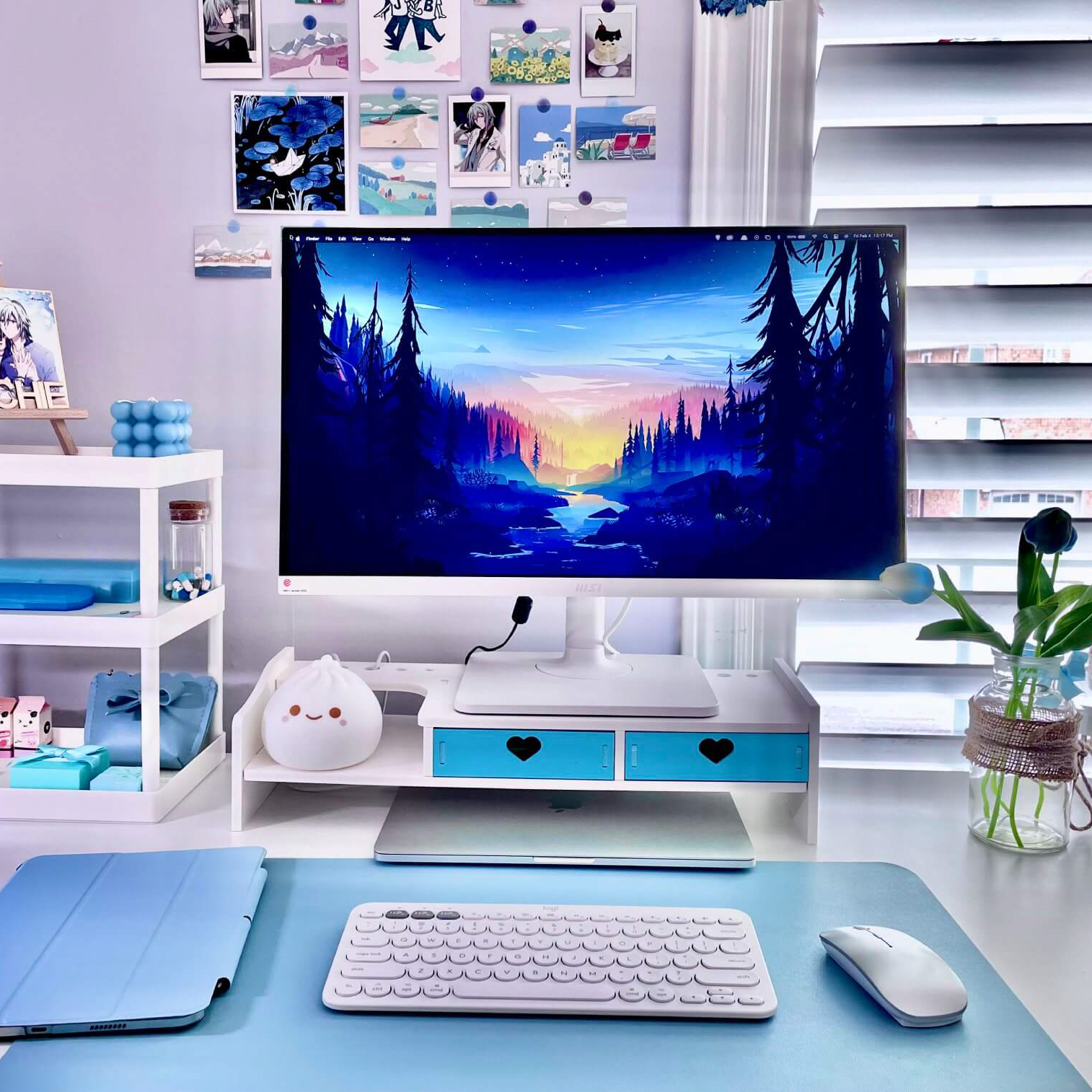Introduction
Minimalism is a design aesthetic that has been gaining popularity in recent years, especially in the world of product design. It is characterized by simple, clean lines and a focus on functionality and usability. Minimalism has its roots in Japanese design, where it is known as “wabi-sabi” – the art of finding beauty in imperfection and simplicity. In this article, we will explore the principles of minimalism product design and its growing influence in the design world.
What is Minimalism Product Design?
Minimalism product design is a design philosophy that prioritizes simplicity above all else. The goal is to create products that are aesthetically pleasing, but also highly functional and efficient. Minimalism products are often characterized by their sleek, understated appearance, with clean lines and minimal ornamentation. Functionality is paramount in minimalism product design – products are designed to be intuitive and easy to use, with no unnecessary bells and whistles.
Principles of Minimalism Product Design
The principles of minimalism product design are rooted in simplicity, functionality, and usability. Here are a few key principles:
- Less is More: In minimalism product design, less is always more. Products are stripped down to their most essential elements, with no extraneous features or clutter.
- Form Follows Function: Functionality is the top priority in minimalism product design. Products are designed with their intended use in mind, and form follows function – the design is dictated by the product’s purpose.
- Clean Lines and Simplicity: Clean lines and simplicity are hallmarks of minimalism product design. Products are designed with a focus on simplicity and elegance, with no unnecessary ornamentation or decoration.
- Neutral Colors and Materials: Minimalism product design often incorporates neutral colors and materials, such as white, black, and natural wood. This helps to create a sense of balance and harmony in the design.
- User-Centered Design: Minimalism product design is highly user-centered, with a focus on creating products that are easy to use and understand. The goal is to create products that are intuitive and require minimal instruction.
Examples of Minimalism Product Design
There are countless examples of minimalism product design across a wide range of industries. Here are a few examples:
- Apple Products: Apple’s products are often held up as examples of minimalism product design. Their sleek, simple appearance belies the incredible complexity and functionality of their devices.
- Dieter Rams’ Designs: Dieter Rams, a German industrial designer, is known for his minimalist designs for the Braun company in the 1950s and 1960s. His designs have influenced many contemporary minimalist designers.
- Muji Products: Muji is a Japanese brand that specializes in minimalist home goods and stationery. Their products are intentionally nondescript, with a focus on functionality and affordability.
The Benefits of Minimalism Product Design
Minimalism product design offers a range of benefits, both for designers and consumers. Here are a few key benefits:
- Increased Functionality: By focusing on simplicity and usability, minimalism product design often results in products that are highly functional and easy to use.
- Enhanced Aesthetics: Minimalism product design can create products that are visually stunning in their simplicity and elegance.
- Improved User Experience: By prioritizing user-centered design, minimalism product design can create products that are easy and intuitive to use.
- Reduced Clutter and Distraction: Minimalism product design can help to reduce clutter and distraction, creating a sense of calm and order.
The Future of Minimalism Product Design
As the world becomes increasingly complex and fast-paced, minimalism product design is likely to continue gaining popularity. Consumers are looking for products that are functional, easy to use, and aesthetically pleasing in their simplicity. Designers who embrace minimalism may find themselves at an advantage, both in terms of creating successful products and appealing to a growing market.

